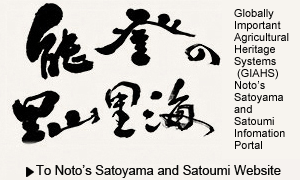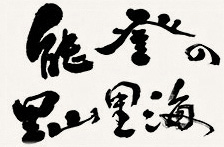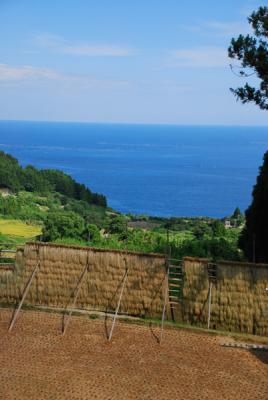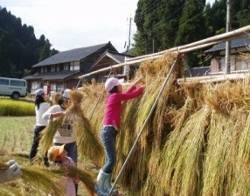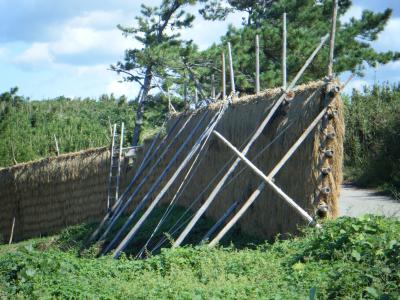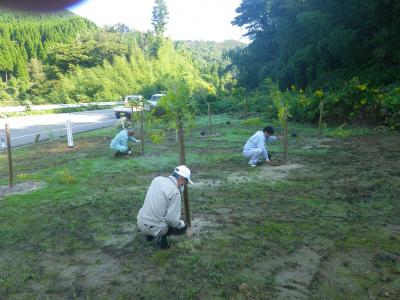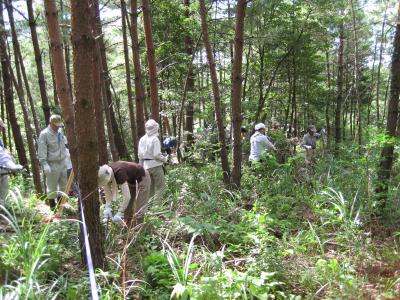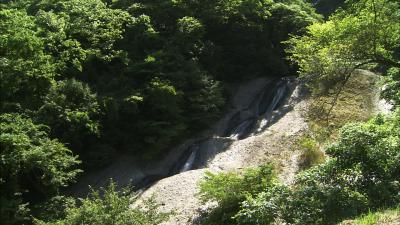
Name
Haza Rice Drying
Category
Natural landscape
Class
Traditional technique
Comment
Haza rice drying is a traditional way of drying rice by hanging rice sheaves in the sunshine, on a rack called hazagi. It is a symbolic autumnal scene in Noto. The word haza is comprised of two Chinese characters that mean “rice rack.” The name varies from region to region; it is also called inagi (rice wood), inekake (rice hanger) and inabata (rice loom). A hazagi is made of wooden or bamboo poles about 3 to 5 meters tall with several horizontal poles fixed onto them. Some communities make a gigantic one over 10 meters tall. Each farmer grows trees or bamboo for their hazagi. Haza rice drying is done just after harvesting, near terraced rice fields and small rice fields where big machines cannot be used. Drying rice slowly in the sunshine makes the rice taste better. However, this method is becoming less used nationwide, because the whole process is done manually and it takes a long time for the rice to dry.
Material Link
Views
Access number:18764

